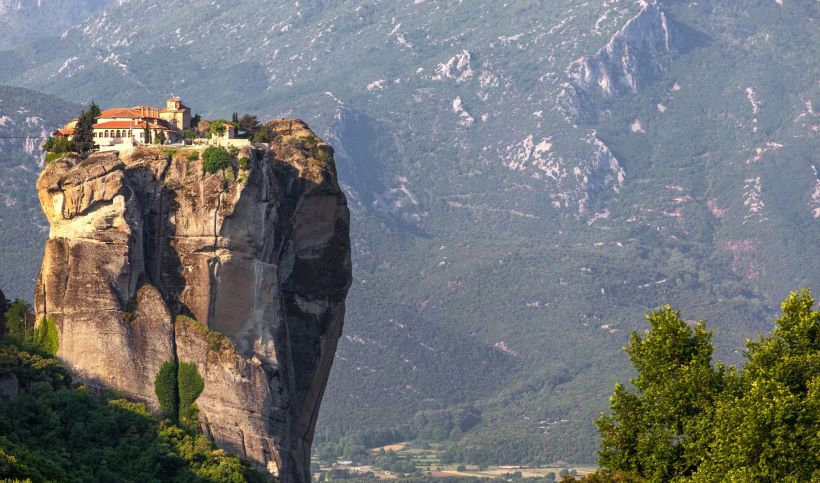
Ages pass, the rock remains. Like the rock, the spirit remains… In Subiaco, at the grotto of St Benedict, the Latin inscription carved in the rock by the entrance addresses Benedict, and the pilgrim: “Continue in the darkness to seek the shining light, for only on a dark night do the stars shine. Perge in tenebris radiorum quaerere lucem. Nonnisi ab oscura sidera nocte micant.”
Our first new library addition this week is a documentary exploring the relation between landscape and Christian pilgrimage in three ancient Christian sacred sites.
• Also on the topic of pilgrimage, an article by Paul L. Swanson introduces the Japanese tradition of “Shugendo and the Yoshino-Kumano Pilgrimage.”
The head yamabushi explained the purpose of these dangerous maneuvers. ‘While you are concentrating on getting past these dangerous places,’ he said, ‘your mind is clear. You do not think of money, sex, drink, or any other distraction. Perhaps for only a second you think of no-thing [mu]. For a moment you are in the world of no-thing-ness [mu no sekai]. This is the state of mind you must cultivate. The purpose of shugendo is to realize this state of mind and cultivate it in everyday life.’
• Finally, in his important and concise “Comments on a Few Theological Issues in the Islamic-Christian Dialogue”, Prof. Seyyed Hossein Nasr identifies seven theological and metaphysical issues of particular difficulty, including Divine manifestation, the status of sacred scripture, sacred law and sexuality, and the life of Christ, for the attention and reflection of those “concerned with a deeper understanding between Christianity and Islam.”



